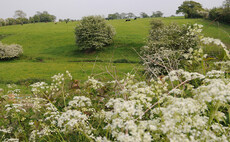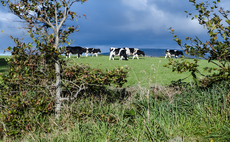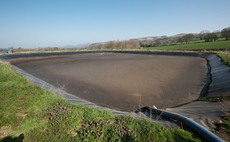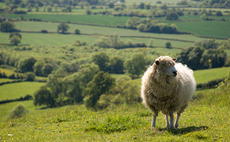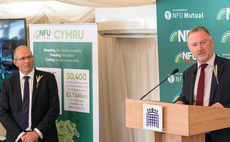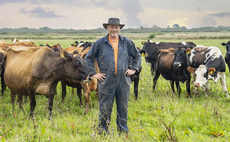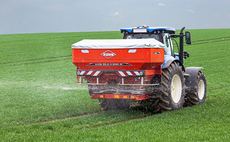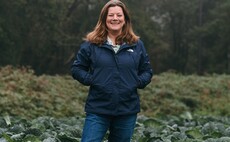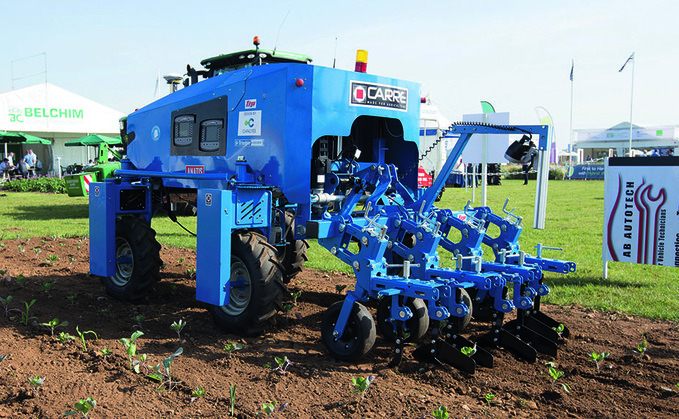
Defra has allocated an additional 31m to the Farming Equipment and Technology Fund as it proved popular with farmers. But what can the money be used for and how do people apply? Jane Thynne reports.
Introduced in November 2021, the Farming Equipment and Technology Fund (FETF) is one of two Defra schemes that makes up the Farming Investment Fund (FIF) the other being the Farming Transformation Fund.
This FIF is itself part of Englands Agricultural Transition Offer an initiative introduced by the Government to boost productivity and prosperity within an environmentally sustainable framework, following the UKs departure from the EU and the Common Agricultural Policy.
NFU senior adviser, Richard Wordsword said: It is a way of transitioning the industry to a more resilient, self-sufficient position once the Basic Payment Scheme is no more.
The Government believes it is about kitting and equipping businesses to stand on their own two feet.
Mirroring previous small productivity grant schemes such as the Countryside Productivity Small Grant Scheme, the FTEF seeks to enable farming, horticultural and forestry businesses to pay for machinery, slurry treatment and innovation equipment.
Payout
Following consultation with members of the industry regarding previous arrangements, it was decided a minimum grant would be set at 2,000, making it more accessible for those with smaller farms, while a maximum payout of 25,000 can be secured for larger projects.
As with previous processes, funds will be allocated by the Rural Payments Agency (RPA).
The eight-week application window for the 17 million FTEF opened in January 2022, asking interested parties to submit their request to an online checker. Once complete, a score was generated based on the proposals rating against criteria set by Defra.
If that score is strong, farmers can then submit their idea, which is effectively an expression of interest, to the RPA, said Mr Wordsworth.
It then assesses the results and invites a certain number to submit full applications.
From the outset, Mr Wordsworth said he believed the grant would be popular and possibly oversubscribed. He was not wrong.
By mid-February it was revealed that Defra had received 5,624 eligible applications worth a total overall value of more than 53.5m, which amounted to triple the initial budget allocation of 17m.
In response, it was announced at the NFU conference by Defra secretary George Eustice that a further 31m had been put aside for the fund which, according to Mr Eustice, will enable around 4,000 applications from farmers to proceed successfully.
Install
Install
Those that made the grade must now either accept or withdraw from the scheme via the FETF Acceptance Portal. Should they wish to progress, they have until October 31 to buy and install the items and to submit their claim to the RPA.
The deadline for works and purchases has been extended by four weeks to allow for ongoing supply chain pressures.
So what exactly is the money for and what kind of scheme is likely to get financial backing? Perhaps unsurprisingly, projects that deliver for both the industry and the environment are high on the agenda.
Mr Wordsworth said: Anything where there is the potential for technology to replace humans with automation or were fewer humans are required are a key focus.
For example, in horticulture more than 20,000 has been allocated for precision camera guided hoes, to remove weeds from between crop rows, while for livestock farmers, 2,974 is available for those wanting to purchase a Cattle Auto ID Shedding Gate (auto drafting) which links to computer control/EID system to draft cattle into two or more groups automatically.
Slurry management also comes high on Defras priority list, with money allocated for robotic slurry pushers/collectors, slurry separators, flow rate monitors and real-time inline nutrient analysis of slurry, which carries a ticket price of 12,226.
The initial process is now complete, but Defra has said it plans to launch a second round later this year and would encourage those who were not successful in the first instance to apply again.
The process is not for the faint hearted, added Mr Wordsworth.
There is an element of risk as you incur all the costs and then have to evidence your claim to Defra/RPA before receiving any funds. But it is a generational opportunity that may not be here in 10 or 20 years.
"There is a lot of change at the moment all we want is a robust and transparent system that can be taken up across all our sectors.
quote
"It is a generational opportunity that might not be here in 10 or 20 years"
RICHARD WORDSWORTH






